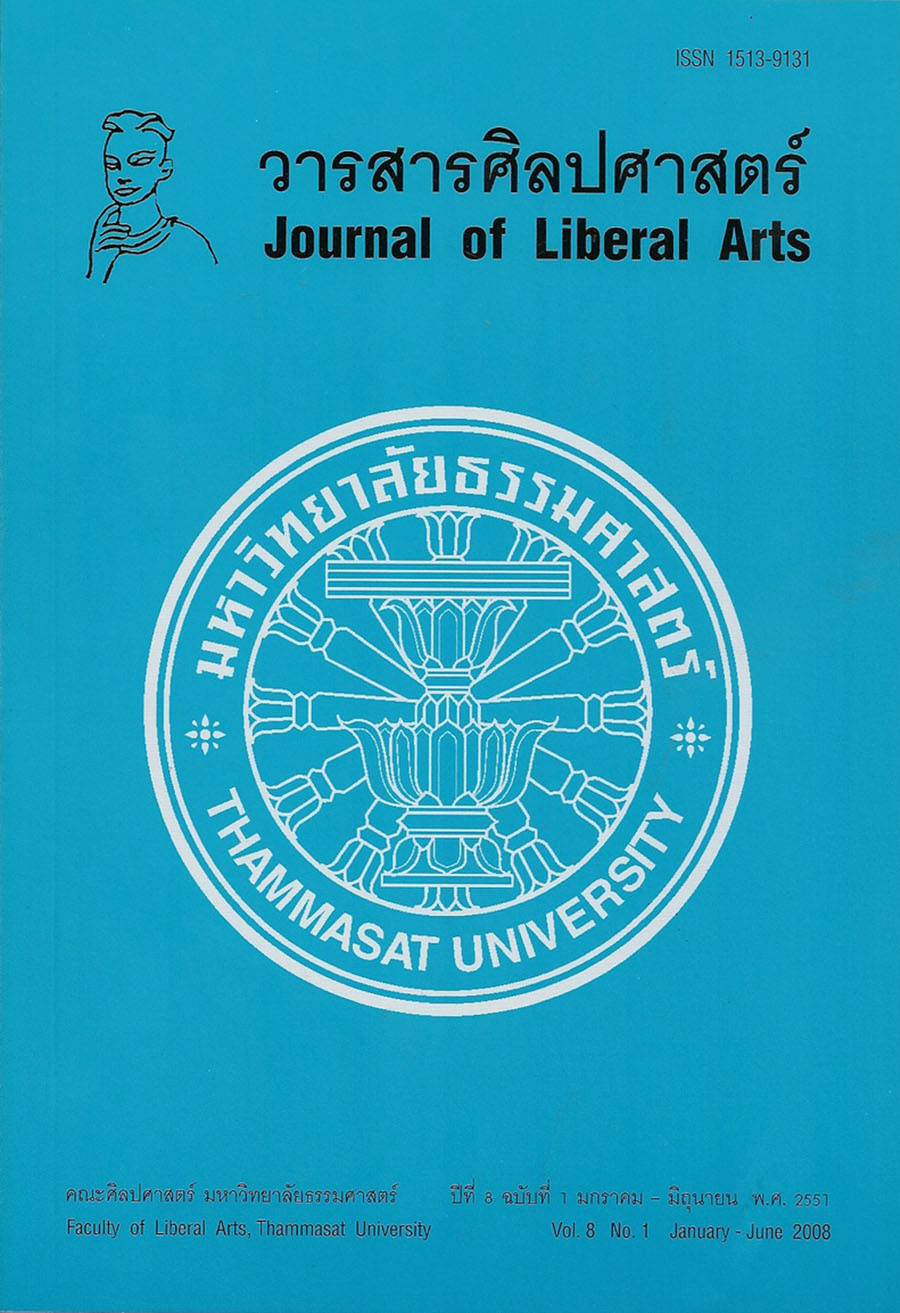แนวความคิดเรื่องอันตรภพในพุทธศาสนาเถรวาท
Main Article Content
บทคัดย่อ
งานวิจัยนี้ต้องการชี้ให้เห็นว่า มีอันตรภาพที่เข้ากันได้กับแนวความคิดของพุทธศาสนาเถรวาท ได้แก่ อันตรภาพ ที่หมายถึง สัตว์ในกำเนิดโอปปาติกะ หรือสัตว์ประเภททิสสมานกายที่เกิดใหม่หลังตายแต่ยังไม่มีสภาพชีวิตของภพใหม่อย่างเต็มที่ หรือมีชีวิตอยู่ชั่วคราวก่อนไปเกิดในภพใหม่ต่อไป นอกจากนั้น ยังมีหลักฐานในคัมภีร์อรรกถาที่แสดงนัยของการมีชีวิตอยู่ชั่วคราวหลังการตายและก่อนการเกิดในภพต่อไป ส่วนพุทธศาสนาดั้งเดิมมีคำและข้อความในพระสูตรหลายแห่งที่แสดงนัยของอันตรภาพไว้ชัดเจนกว่าพุทธศาสนาเถรวาท เช่น พุทธพจน์ที่ตรัสเกี่ยวกับ “สัมภเวสี” “คันธัพพะ” และ “ระหว่างโลกทั้งสอง” และข้อความบางข้อความที่แสดงถึงช่วงเวลาที่สัตว์ตายจากชาติที่แล้ว แต่ยังไม่ได้ถือกำเนิดในชาติถัดไป เช่น ข้อความที่กล่าวถึงสัตว์บางพวกรู้สึกตัวขณะก้าวลงสู่ครรภ์มารดา
This research aims to reveal the possibility of the concept of antarābhava in Theravada Buddhism. Antarābhava, according to the doctrines of Theravada Buddhism, refers to a being born as an opapātika being (a creature having spontaneous birth) or an invisible-body being who hasnít taken the full form of new life or who lives for a short period of time before taking a new birth. Moreover, some statements in the Atthakathā (a commentaru text) refer to an intermediate state between the previous life and the next life and thus imply antarābhava.
On the orther hand, the concept of antarābhava is more evident in early Buddhism. Some words and statement in the Suttanta Pitaka imply the existence of antarbāhava. For example, the words “sambhavesí” (a being seeking an existence), “gandhabba” (a being ready to take a new rebirth) and “ubhayantarena” (the world between the two worlds, this present world and the next world) in their contexts can be logically interpreted to mean antarābhava. Besides, some statements like the statement that some beings while descending into their the existence to antaārbhava in early Buddhism.


